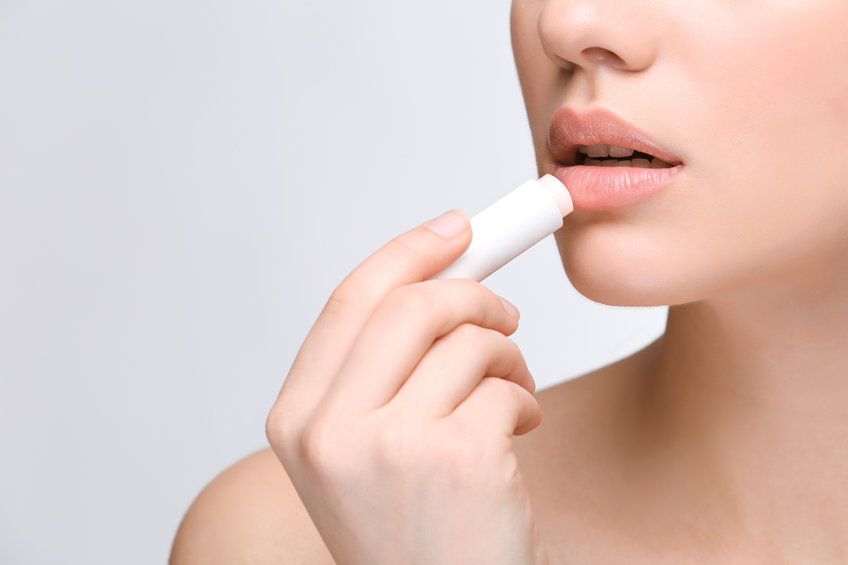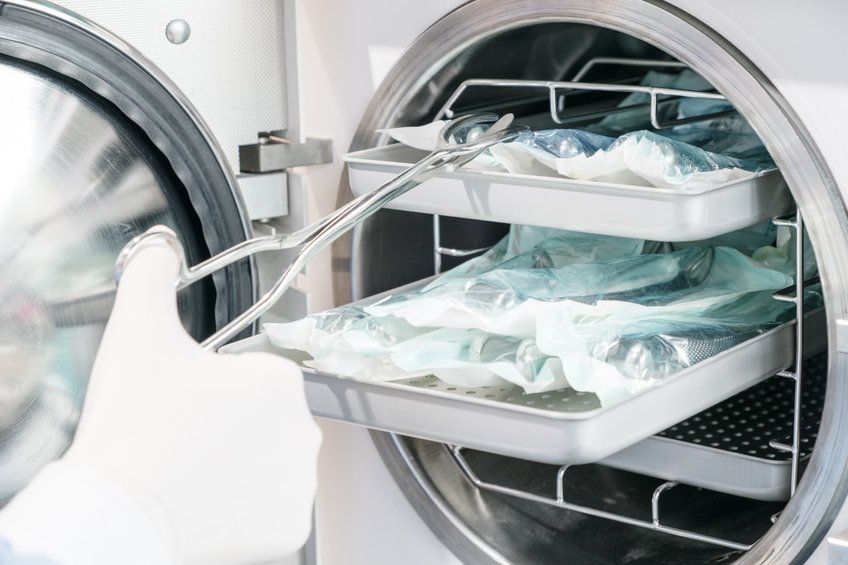Exploring the Essence of Complete Health Dentistry
February 7, 2024
Complete Health Dentistry, though often under the radar, is one way to grow new patient appointments for your dental practice. Patients who understand you are treating their total health and not just a tooth are most likely to feel a sense of urgency when scheduling for dental care. These are the patients who have a strong commitment to their dentist.
Patients who embrace Complete Health Dentistry choose a specific dental office because they understand these dental professionals (Dentist- owner and the entire team) are in the business of helping them live a longer and healthier life!
Today’s dentistry must include the patients’ total health. Dentistry in our world today intertwines oral health with holistic well-being, transcending the mere treatment of teeth to encompass our patients’ total well-being.
Complete Health Dentistry embodies robust dental care with an all-inclusive approach to patient care. It transcends mere cavity checks and cleaning teeth to delve into lifestyle factors like systemic diseass, medications, supplements, nutrition, sleep patterns, and stress levels, etc, etc. Dentistry has moved from treating a tooth and “cleaning teeth” to a whole body approach.
This holistic approach goes beyond the routine dental appointment. For example when a patient presents with gingivitis, discussions extend beyond brushing techniques to encompass medications, health – disase history, family history, dietary habits, hydration levels, and stress-induced acidity. The patients appointment will include a discussion about systemic diseases associated with oral inflammation. These patients who seek Complete Health Dentistry, understand the consequences of untreated oral inflammation and disease.
The Complete Health Dentistry paradigm shift redefines the dentist-patient and dental hygienist-patient interaction, starting from the initial consultation, medical history review, a list of medications, systemic disease, heart attack, stroke, Crohns disease, etc. Today’s dentistry is about understanding the patients total health. Treatment diagnosis, recommendations, and specific products, all align with the patients total health.
Complete Health Dentistry includes evaluating saliva acidity, pH levels, and microbial analysis under the microscope. These are services and assessments crucial for understanding oral-systemic health connections.
Patient education plays a pivotal role in this paradigm. By elucidating how oral health influences systemic well-being, dental professionals empower patients to make informed choices. Discussions on how oral bacteria affect our systemic health, coupled with microscopic insights, foster patient engagement and accountability. In today’s world of dentistry we talk to our patients about inflammation and how oral inflammation can lead to other systemic diseases. We are treating the patients total health not just a tooth.
We explain oral inflammation in a way that helps our patient “own their disease” and want what they need.
Communication of health-related information and inspiring behavior change reinforces this partnership with our patients. Patients who understand this complete health module will heed our advise, make behavior changes and or maintain health journals, fostering a proactive approach to wellness. In this sense, dentists and dental hygienists transform into complete health coaches.
The choice of dental materials is pivotal. The importance of biocompatibility, considering patients’ varying sensitivities becomes paramount. Understanding our patients sensitivities to specific ingredients will guide our selection of the dental materials we use when treating our patients. Post-procedure following these protocols provides a more holistic approach that supports each patient’s individual health needs.
As a dental hygienist, I understand that many patients have a specific sensitivity to Sodium Lauryl Sulfate. In this situation I have a list of recommended home care products that do not have this ingredient.
Among biocompatible composites, VOCO’s Admira Fusion emerges as a favored choice, backed by extensive patient testing. Its compatibility with diverse patient profiles makes it a reliable option. Using a product with hydroxyapatite or xylitol versus sodium fluoride for caries prevention can be beneficial to your patients and supports many of your patients needs and desires.1, 2
Beyond clinical excellence, Complete Health Dentistry serves as a practice catalyst. Patients appreciate the personalized care and holistic approach, fostering loyalty and positive referrals. Moreover, collaboration with medical professionals enhances patient care and boosts professional satisfaction, enriching the dental practice ecosystem. Elevated patient care leads to happy patients. Happy patients usually renders a thriving practice
In essence, Complete Health Dentistry heralds a new era in dental care, where oral health intertwines seamlessly with overall well-being, empowering patients to embrace a holistic approach to dental wellness.
References.
- https://www.ncbi.nlm.nih.gov/pmc/articles/PMC8641555/
- https://www.ncbi.nlm.nih.gov/pmc/articles/PMC8432723/
Register Here for the Biologic Dentistry webinar and February 29, 2024 and learn more about this interesting topic.




















 DENTISTRY TODAY considers Debbie a top dental consultant for the past 18 yrs.
DENTISTRY TODAY considers Debbie a top dental consultant for the past 18 yrs.

 Dr. Nabil Mockbil received his DDS in 2001 from Umea University in Sweden, regarded as having the best dentist programme in Sweden for undergraduates. He’s now the founder of Swedish Dental Clinic in Dubai
Dr. Nabil Mockbil received his DDS in 2001 from Umea University in Sweden, regarded as having the best dentist programme in Sweden for undergraduates. He’s now the founder of Swedish Dental Clinic in Dubai